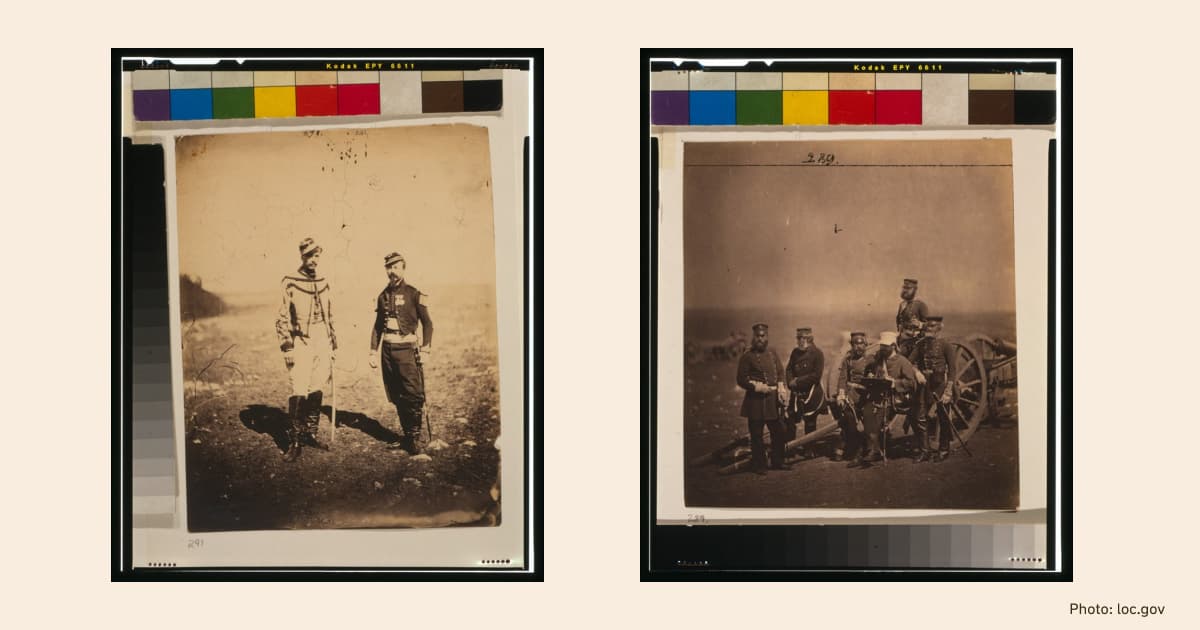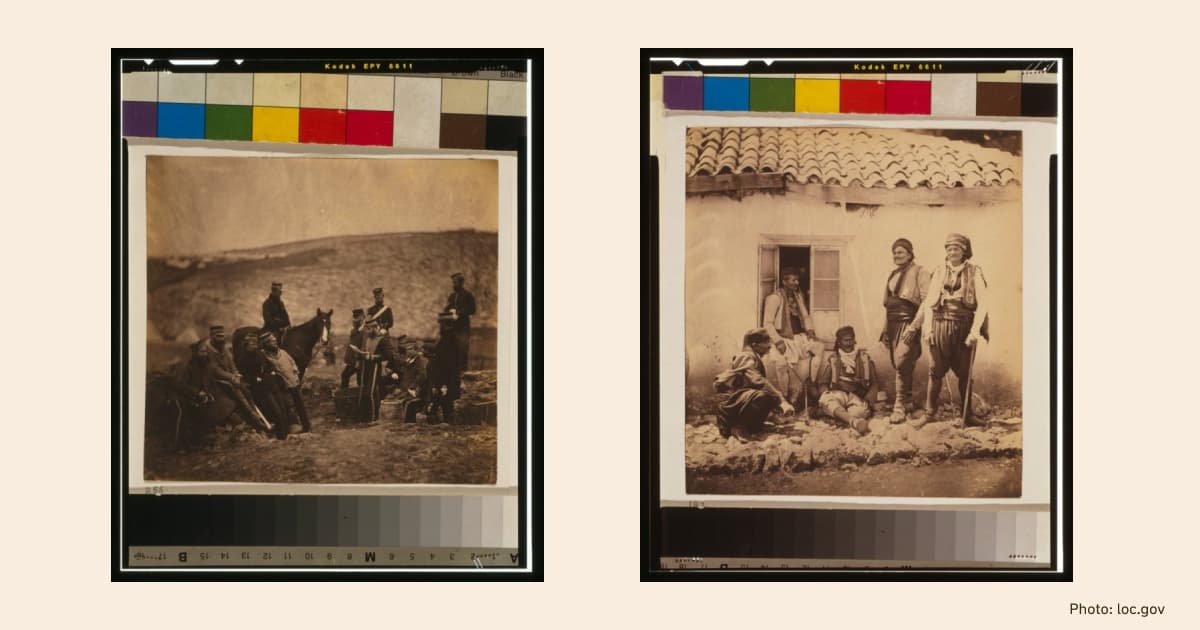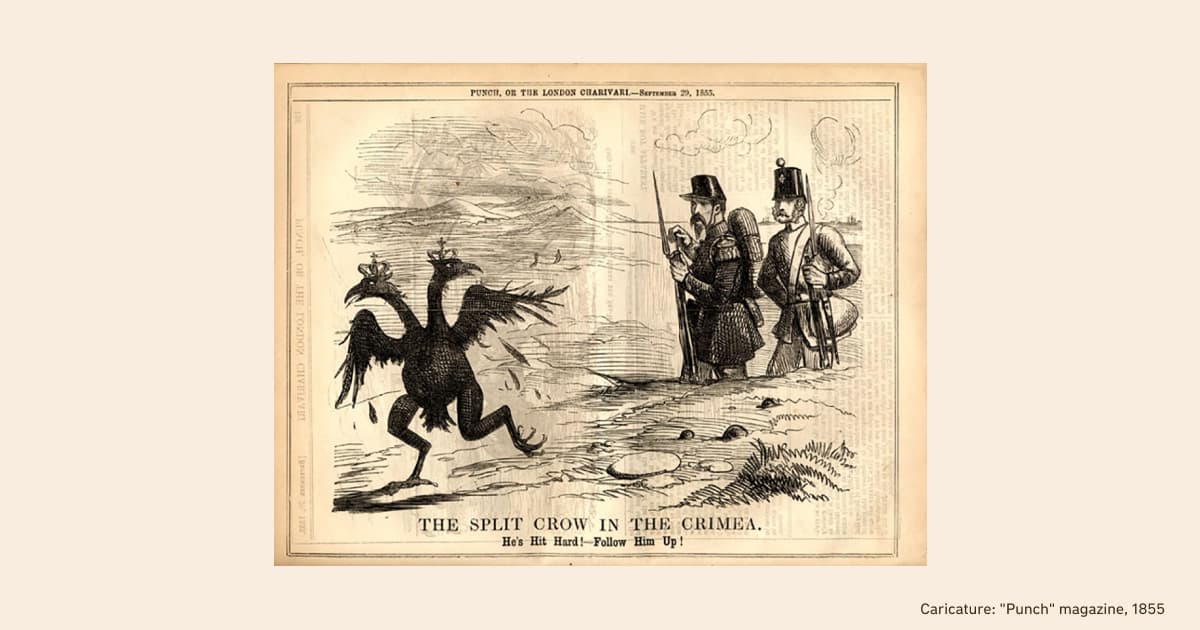The origins of the cities of the Ukrainian South and the destruction of their identity during the Russian Empire

The Ukrainian South includes the regions of Zaporizhzhia, Kherson, Mykolaiv, Odesa and the Crimean Peninsula. It stretches from modern Mariupol to modern Budzhak in the Danube region, says Serhii Bilivnenko, a historian and lecturer at Zaporizhzhia National University. There is a misconception that there was a 'wasteland' in the south before the arrival of the Russian Empire. This is not true.
Read about the first settlements in the South of Ukraine, the Crimean Khanate in these territories, and the destruction of identity by the Russian Empire in this article.
The first recorded settlements in the Ukrainian South
The first population of the Ukrainian lands mentioned in written sources were the Cimmerians who lived in the northern Azov and Black Sea regions, says Ihor Lyman, professor, head of the Department of Ukrainian History and coordinator of international activities at the Berdiansk State Pedagogical University, for Svidomi.
According to him, the ancient inhabitants of the Ukrainian steppe were the Scythians, who were forced to retreat from the area by the army of the Persian king Darius. The beginnings of the history of statehood on the territory of Ukraine are connected with the Scythians and the ancient Greeks, who founded a number of polises in the northern Black Sea region.

"The only city of the Scythians, the capital of the New Scythian Kingdom of Naples-Scythian, was located on the territory of Simferopol (Aqmescit — ed.), and the remains of a stone citadel with traces of Greek-style construction have been preserved,"
explains Ukrainian historian, Turkologist and source researcher Oleksandr Halenko for Svidomi.
In the 3rd century BC, the Scythians were replaced by the Sarmatians, who ruled Ukraine's steppes for several centuries. Later, the Huns, Avars, Khazars, Pechenegs and Polovts roamed the area. Part of the steppe lands was under the control of the Kyivan Rus.
"In the south of Ukraine, there were two zones of civilisation: the steppes, which stretched from the Danube River (it flows through Central and South-Eastern Europe, from the Black Forest south to the Black Sea — ed.) to China, and the Black Sea coast, where the Mediterranean peoples lived. These zones had different urban cultures," explains Oleksandr Halenko.
Other cities are known only from the time of the Cumans on the steppes in the 11th-13th centuries: Cheshyuiv, Suhrov, Balin, and Sharukan. According to Halenko, these were the places of tribal leaders, with markets, merchants and artisans. Their merchants were Iranian-speaking and baptised Alans. Sogdak was also a Cuman town.
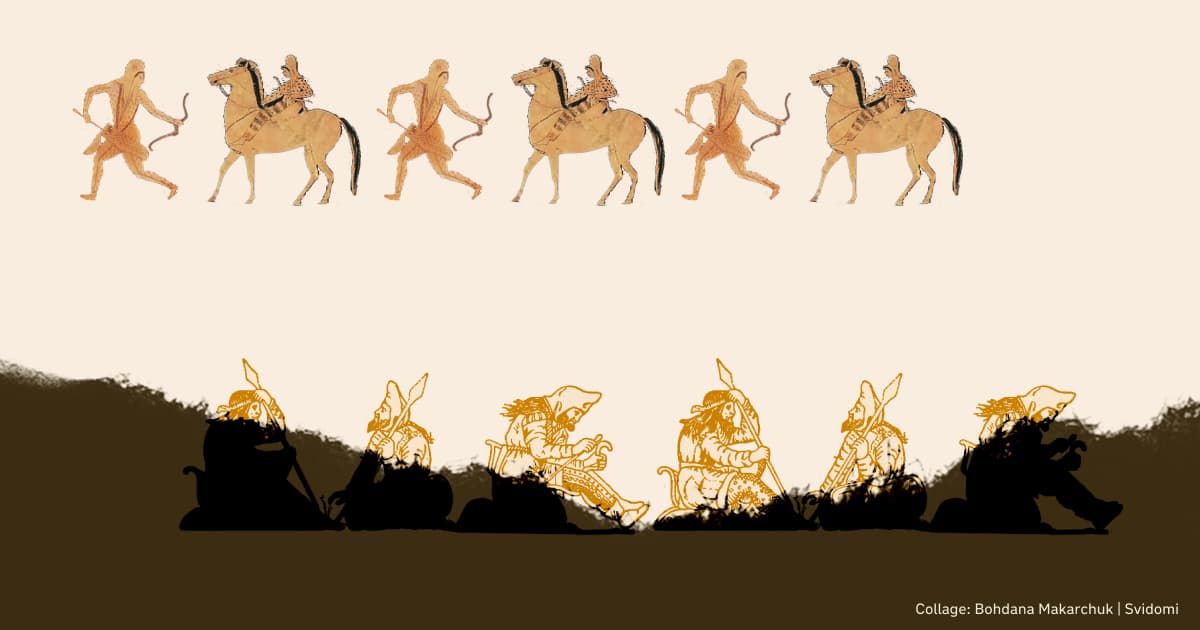
"Due to a conflict between Russian merchants and Muslim merchants from the Seljuk Sultanate, the ruler of the latter organised a naval campaign and conquered Sogdak in the 1220s. Since then, Muslims (Persians, Arabs and Turks) have also lived there," says Oleksandr Halenko.
According to historian Halenko, the Mongol conquests triggered a real boom in urban development on the steppes, thanks to the trade they sparked between China and Europe.
"Customs houses on transports and bazaars became sites for urban settlements — Bakota on the Dniester, Torhovytsia on the Syniukha, Tavan on the Dnipro, Mamai-Surka settlement on the Dnipro, Mamai Gorodok on the Konka, Kochubiyiv on the site of Odesa — these are some of the famous Mongol cities on the Ukrainian steppe. Unfortunately, most of their original names have been lost because, by the end of the 14th century, the cities had already fallen into decline for various reasons," says Oleksandr Halenko.
The coast was colonised by the Greeks, Romans, Byzantine Greeks and the Genoese during the Mongol period. The most important Greek city was Olbia, which was founded in the 6th century BC and existed until about the 3rd century AD. Panticapaeum/Bosporus/Kerch was the capital of the Bosporus Kingdom, lasting 1000 years. Chersonesos was the primary Byzantine possession in the northern Black Sea.
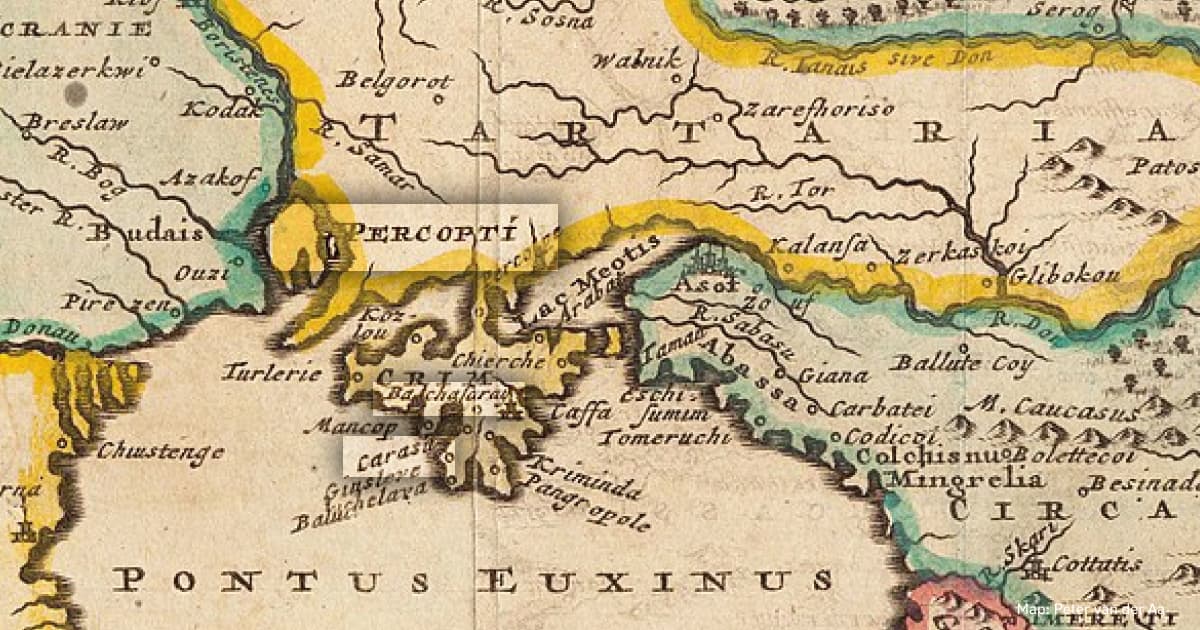
"Kafa was founded by the Genoese, who were given permission by the Mongols to trade with the Mediterranean. The city attracted Greeks, Armenians, Syrians and Russians. By the end of the 14th century, it was one of the largest cities in Europe, with a population of 20,000. The cities of the Moldavian Principality, Kiliia and Cetatia Alba (Bilhorod-Dnistrovskyi), also made a name for themselves in the Black Sea trade in the early 15th century. There were Genoese settlements there. The Genoese also had settlements elsewhere, especially in Iliche or Oleshky," says historian Halenko.
Crimean Khanate and Zaporozhian Cossacks
In the middle of the 15th century, the Crimean Khanate arose, and a large part of Steppe Ukraine became part of it. In the 15th century, the Crimean Khanate recognised the suzerainty of Sultan Osman. At the same time, the Ukrainian Cossacks appeared on the steppe frontier.
Several other cities were founded in the Crimean Khanate , including Perekop, Karasubazar (with a large Crimean community), the capital Bağçasaray, Ak-Mechet, and the only port city, Kezlev (Yevpatoriia).

"The Ottoman conquest brought all the coastal cities under Ottoman rule. These cities continued to exist until the Russian conquest. Kafa was the sixth-largest city in the Ottoman Empire. The Ottomans added the city of Ochakiv, which became the province's capital of Ochakiv pashalik/eyalet (administrative division — ed). By the way, Ukrainian merchants also traded in Ochakiv, and in the 1750s, there was even a Cossack ambassador (a resident with consular powers) there,"
explains Oleksandr Halenko.
Another part of southern Ukraine, below present-day Zaporizhzhia on the right bank of the Dnipro, was occupied by the Zaporozhian Cossacks. The Cossacks lived in winter quarters and farmed when there were no hostilities.
Later, the Russian Empire defeated the Ottoman Empire in the war of 1768-1774, after which southern Ukraine and Crimea were ceded to the Russian Empire. The governorates of Taurida, Novorossiya and Ekaterinoslav were formed on this territory.
The destruction of the region's identity under the rule of the Russian Empire
The Crimean Khanate was part of the Ottoman Empire until 1774, after which it briefly enjoyed the status of an independent state until it was annexed by the Russian Empire in 1783.
"This concept of the wild field came from the European habit of referring to the areas inhabited by nomadic peoples as the wild field. But the South was permanently inhabited. Even before the Middle Ages, the Cumans lived in this region," says historian Serhii Bilivnenko.
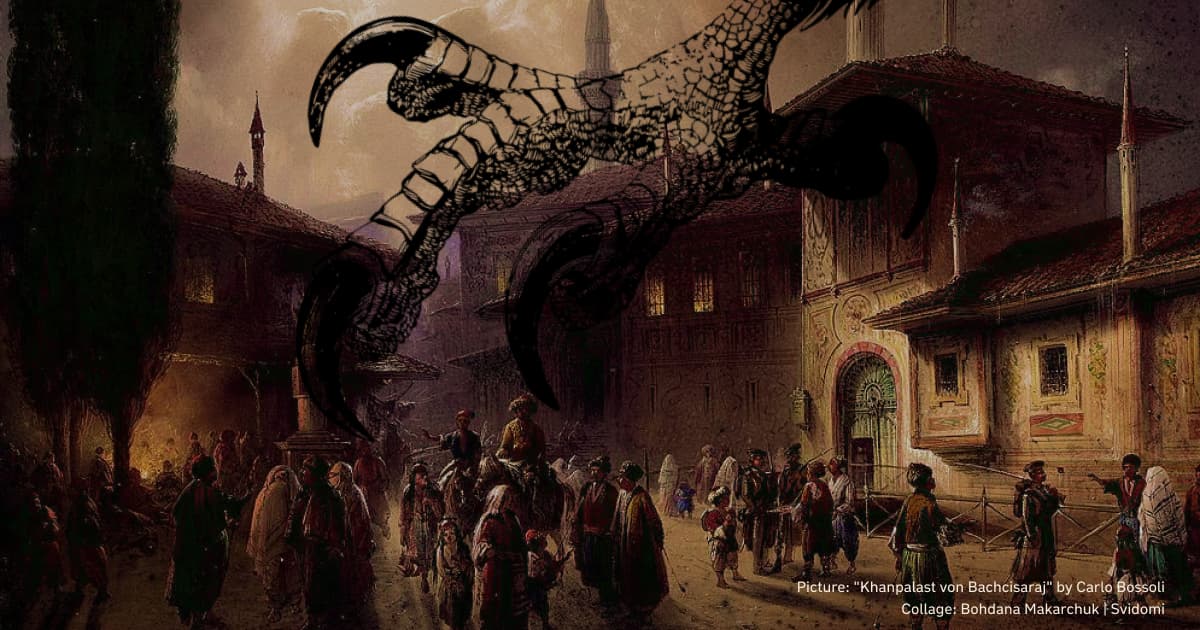
According to historian Ihor Lyman, the Russian conquerors deliberately destroyed the memory of Crimea's urban history in earlier times.
"It is enough to recall the records of foreign contemporaries that Chersonesos became a real ruin after the first annexation of Crimea by Russia: during the Crimean Khanate, architectural monuments from the times of ancient Greece and Rome were still well preserved, but the Russian military began to dismantle, stretch and destroy them, using the building materials to construct their buildings. The same thing happened to the remains of ancient Panticapaeum (Kerch) and a number of other ancient cities," explains Ihor Lyman.
As a result of several subsequent Russo-Turkish wars, the Russian Empire continued to expand its possessions in the Black Sea steppes as the Ottoman Empire declined.
The Russian Empire was defeated in the Crimean War in 1853. As a result of this war, the Russian Empire only managed to retain its southern lands after a series of serious concessions.
"It is worth questioning the statement, common in historiography, that there is no 'urban tradition' in the South of the 'pre-Catherine' period. It is enough to recall that several Crimean cities rightly trace their history back to antiquity. The southern lands outside the Crimean peninsula cannot be considered a 'Wild Field' before Catherine II's 'civilising mission': there were certain urban traditions here as well," says Victoria Konstantinova, director of the Research Institute of Urban History, Doctor of Historical Sciences, in her book Urbanisation: Southern Ukrainian Dimension.
According to Konstantinova, after the fall of the New Sich, the region's cities were founded and developed despite, rather than in continuation of, old local (mainly Cossack) traditions. They were both a product and a factor of imperial expansion in the South.

